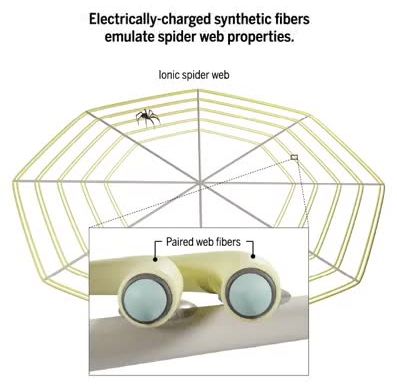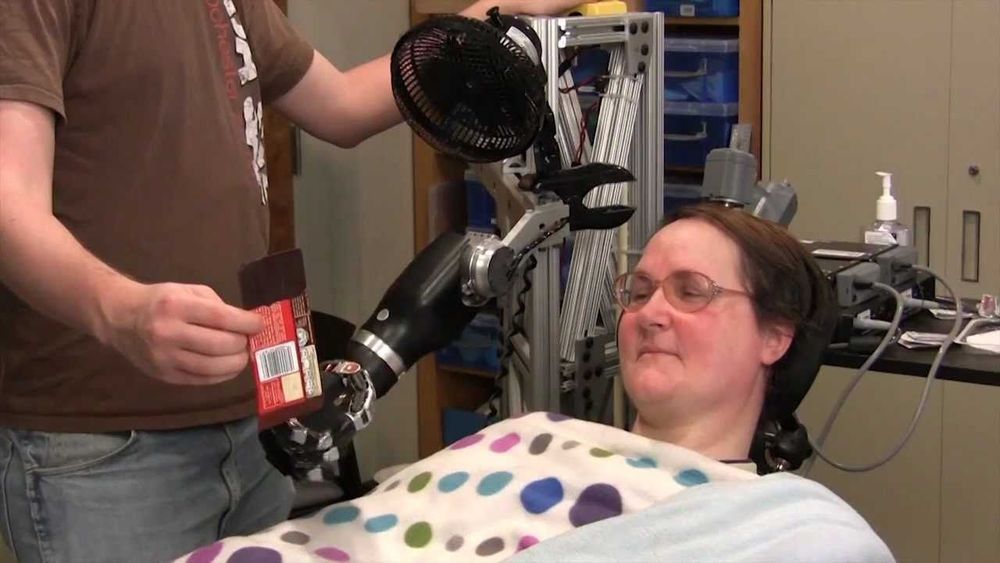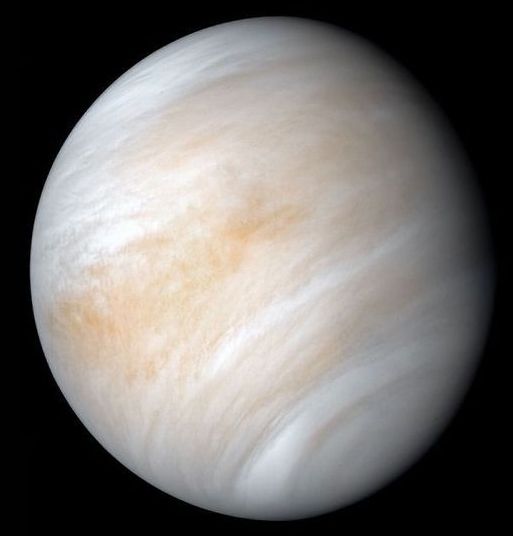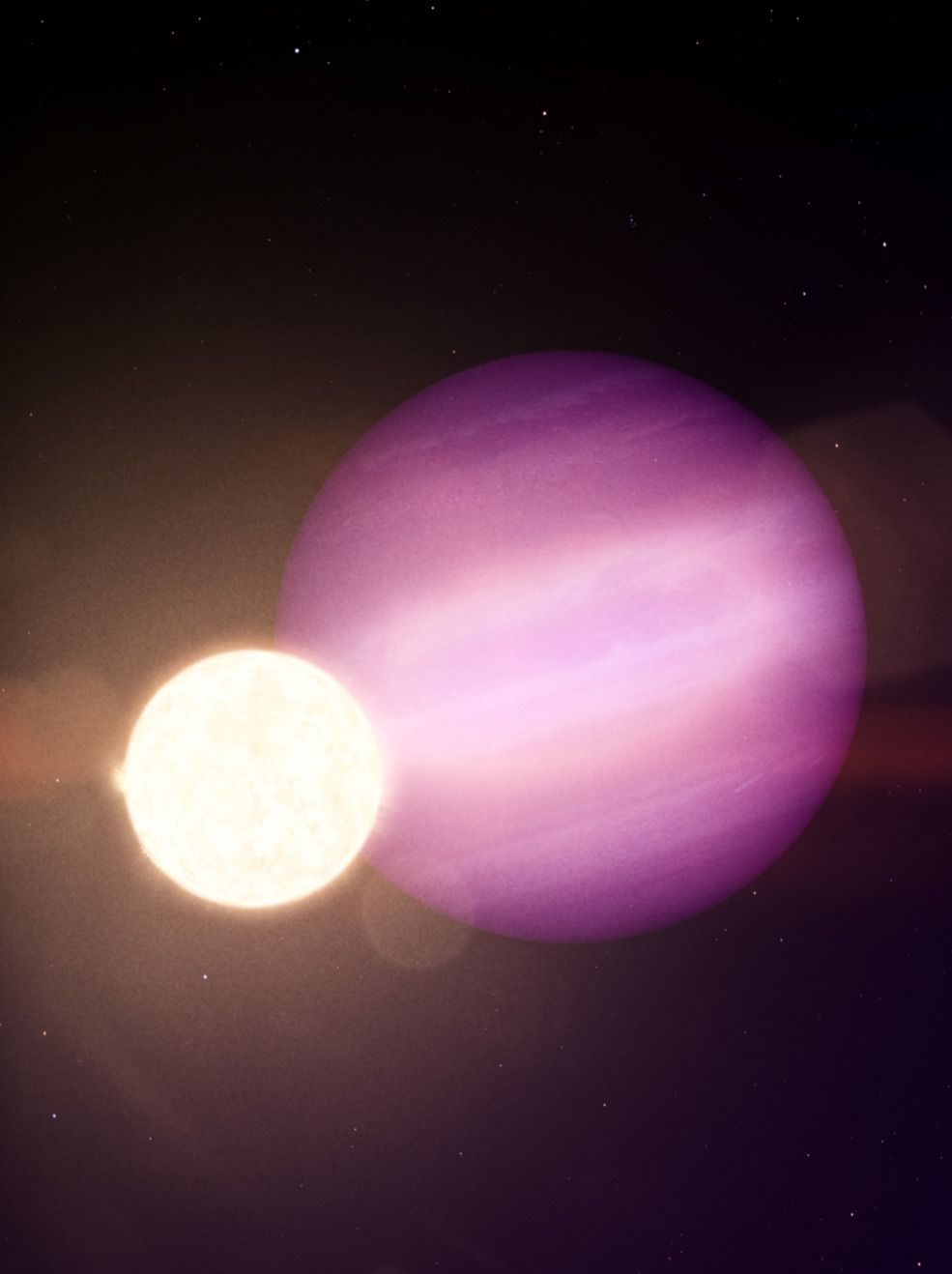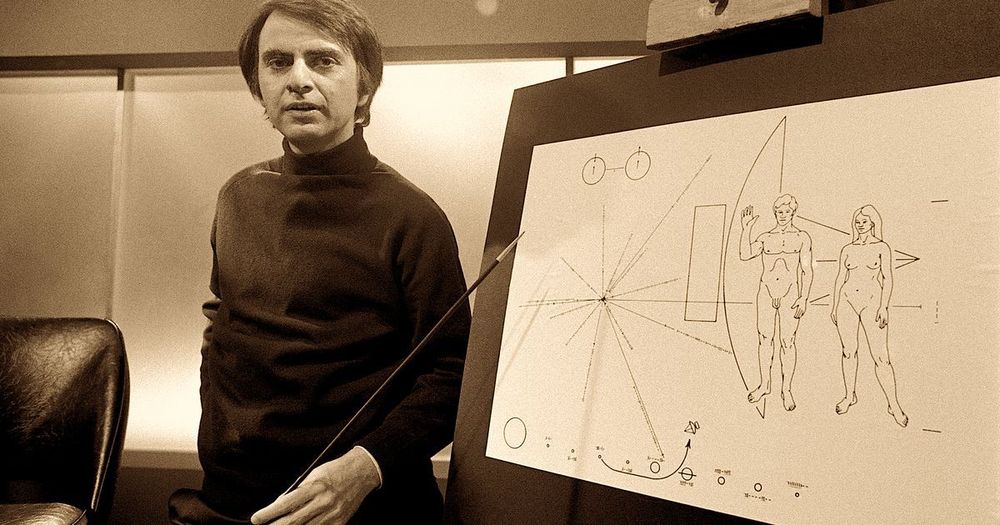Sep 16, 2020
Moving Galaxies — How The Universe Works
Posted by Alberto Lao in categories: alien life, law
13.8000000000 years ago, a speck of energy burst into life. We call it the big bang space and time pushed out in all directions ever since our universe has expanded. But the way it’s expanding makes finding an edge a major challenge. Universe is expanding and expands, according to a very simple law that the farther way the galaxy is from us. the faster it appears to be receding away from us. The furthest galaxies are moving at very high speeds. the most distant galaxy we’ve ever spotted. GNC Eleven seems to have moved 32000000000 light years away from us in just 13.4000000000 years that’s faster than the speed of light. We can measure the speed with which galaxies are moving away from us and many galaxies are moving away from us at speeds faster than the speed of light. This sounds like it’s breaking the law right. There’s this idea that you’ve all been told that Relativity says nothing goes faster than the speed of light. Okay you’ve been lied to. Space itself can do it once it makes the rules it can break the rules that rule applies to matter not the space itself. space can expand at whatever it wants simple way to think of this expansion law is imagine standing on an infinite rubber sheet that stretches all the way out into the distance and you’re standing on the same place. you can mark it with a little X now all the sheet expands in every direction so it expands. Two another galaxy that will say one foot away from you is now two feet away from you as we stretch the sheet, but another galaxy was ten feet away from you expand that by a factor of two and now it’s twenty feet away from you. So in the same amount of time, one galaxy move one foot where another galaxy moved ten feet. so the more stuff there is the more elastic between you and another galaxy the more it seems to expand away from you. Expansion means our observable universe stretches for a colossal 46000000000 light years in all directions 92000000000 light years across. Getting bigger by the second. This number is so incomprehensible large that it’s difficult to wrap your brain around. there are trillions of galaxies within this volume. It’s staggering. It’s so much larger than anything we’re familiar with.

